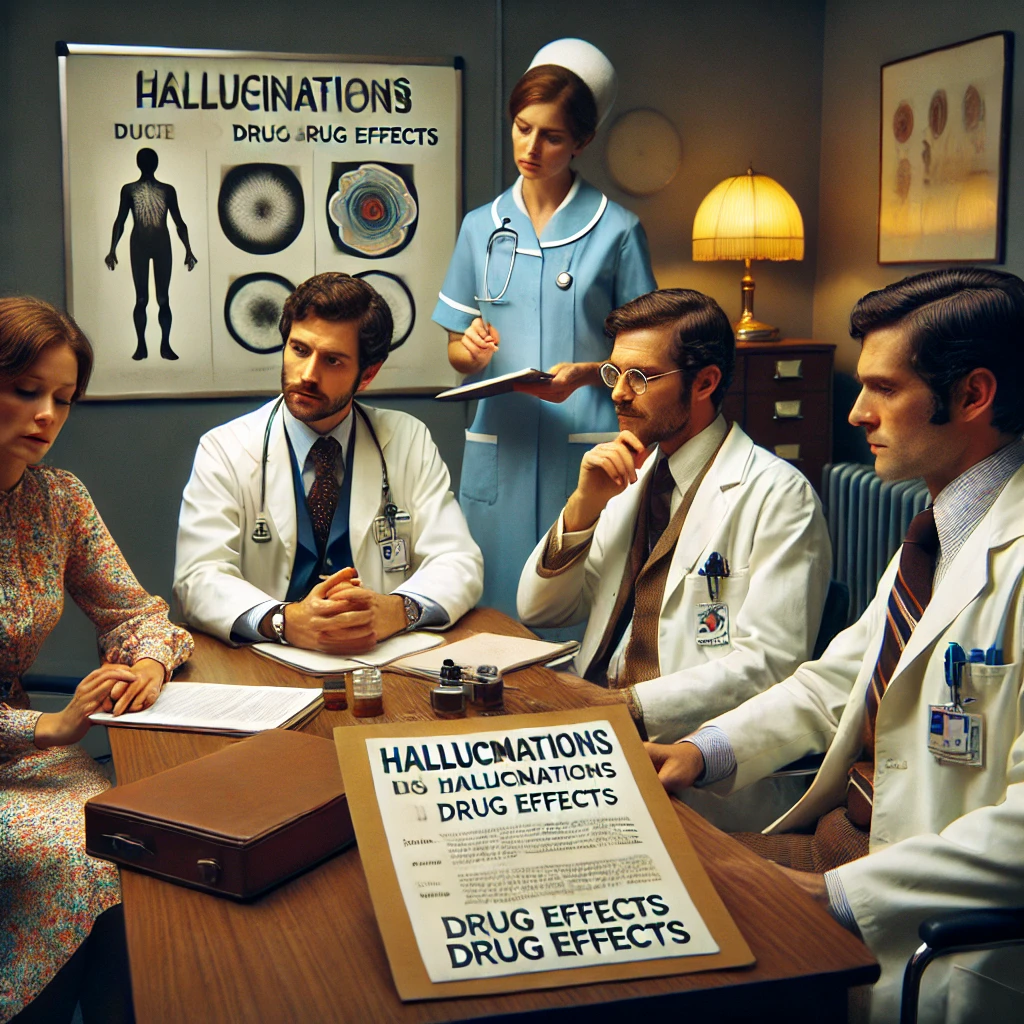History of Amphetamine

History: The Rise and Fall of a Powerful Drug
Amphetamines, a type of stimulant, were first developed in the late 1800s as a medication for nasal congestion. They were hailed as a wonder drug and used to treat a variety of conditions, from asthma to narcolepsy. Their ability to increase alertness and energy soon became apparent.
The outbreak of World War II created a desperate need for soldiers to stay awake and alert for extended periods. Amphetamines, with their ability to suppress fatigue and enhance focus, became a valuable tool for military forces. The drug was distributed to troops to combat exhaustion and improve performance.
In the early 1900’s, athletes discovered that amphetamines could make them feel less tired, more focused, and they could push their bodies beyond their normal limits. While initially used in secret, the practice eventually became widespread. Athletes wanted to be faster, stronger, and better than everyone else.
The Rise of Amphetamine Culture

The 1960s counterculture embraced amphetamines, popularizing the term “speed.” This led to a surge in amphetamine use, particularly among young people. As more people experimented with the drug, the darker side of amphetamine use became apparent. Users began experiencing severe psychological problems, including paranoia, hallucinations, and delusions. These experiences were widely publicized, creating a negative public image of amphetamines and strict government regulations on amphetamine production and distribution.

Medical Concerns and Regulation
The medical community also began to have reservations about amphetamines. While they were effective in treating certain conditions, the addictive potential and the risk of side effects became increasingly evident. Studies began to link amphetamine use to heart problems, psychosis, and other serious health issues.
In response to growing public concern and mounting scientific evidence, governments around the world introduced stricter regulations on amphetamine production and distribution. Medical professionals became more cautious in prescribing the drug, and it was gradually replaced by other, less harmful medications.
The combination of public outcry, medical scrutiny, and government intervention led to a dramatic shift in the perception of amphetamines. Once celebrated as a miracle drug, amphetamines were eventually classified as a controlled substance due to their potential for abuse and harm.
